Optimal Timing for Saltwater Pool Conversion
Choosing the optimal time for a saltwater pool conversion involves considering weather conditions, pool usage patterns, and maintenance schedules. Typically, late spring to early summer offers ideal conditions, allowing for installation before peak swimming season. Cooler months may pose challenges due to weather constraints, but can be advantageous for less pool usage during conversion.
Converting in spring allows for completion before summer, ensuring a ready-to-use saltwater pool during peak season.
Fall conversions can be effective, especially in regions with mild winters, but may require additional heating or cover adjustments.
Avoid periods of heavy rain or freezing temperatures to prevent delays and ensure proper installation.
Converting when pool usage is low minimizes disruption and allows for thorough system setup.
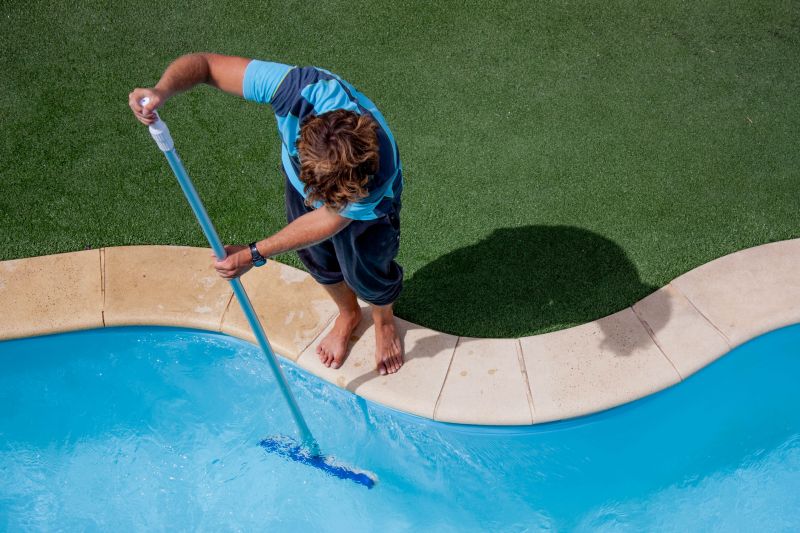
Technicians installing saltwater systems in a backyard pool.

Pool technicians working on a saltwater conversion during spring.
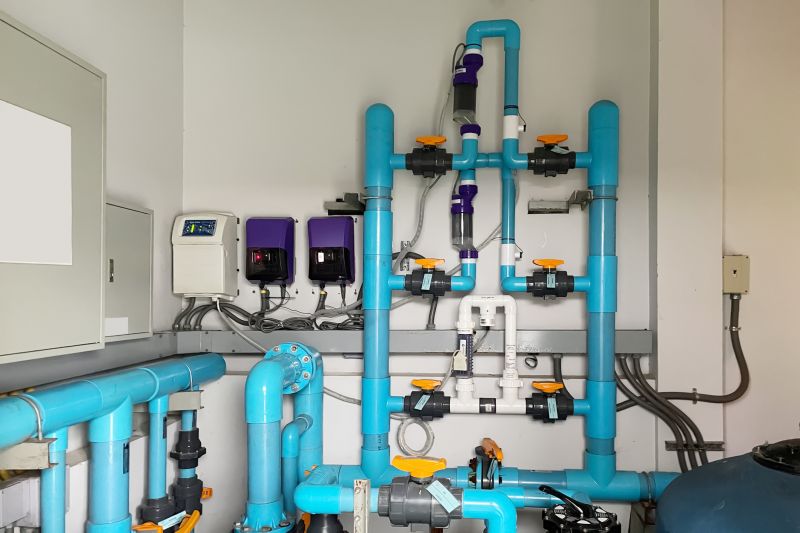
Close-up of saltwater chlorinator and system components.

Ways to make Saltwater Pool Conversions work in tight or awkward layouts.

Popular materials for Saltwater Pool Conversions and why they hold up over time.
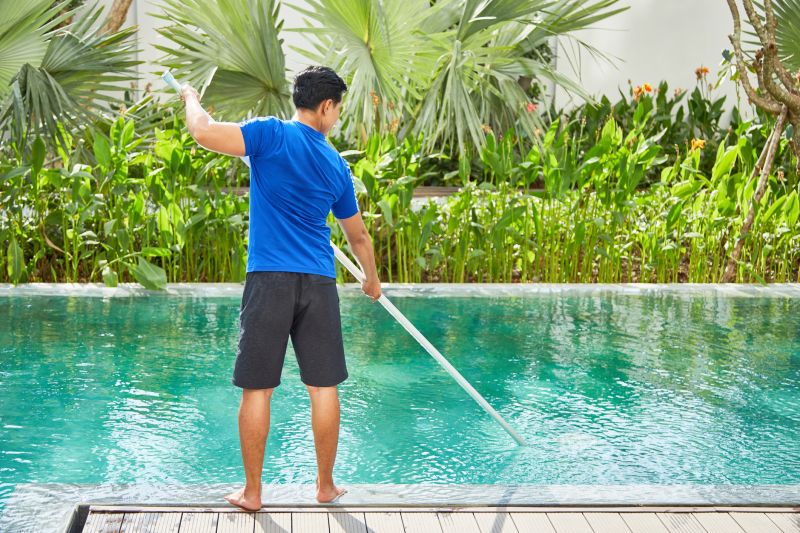
Simple add-ons that improve Saltwater Pool Conversions without blowing the budget.
| Season | Advantages |
|---|---|
| Spring | Allows for early setup before summer, optimal weather conditions. |
| Summer | High pool usage; conversion may cause disruption but can be completed quickly. |
| Fall | Less pool usage; suitable in mild climates, but weather can be unpredictable. |
| Winter | Generally not recommended due to cold temperatures and weather challenges. |
Saltwater pool conversions involve replacing traditional chlorination systems with salt-based chlorinators. This process typically includes draining the pool, installing the salt system components, and refilling with water. The benefits include reduced chemical use, softer water feel, and lower long-term maintenance costs. Proper timing ensures the system functions effectively and minimizes operational disruptions.

Technician installing a saltwater chlorinator on a pool deck.

Refilling a pool with water after salt system installation.
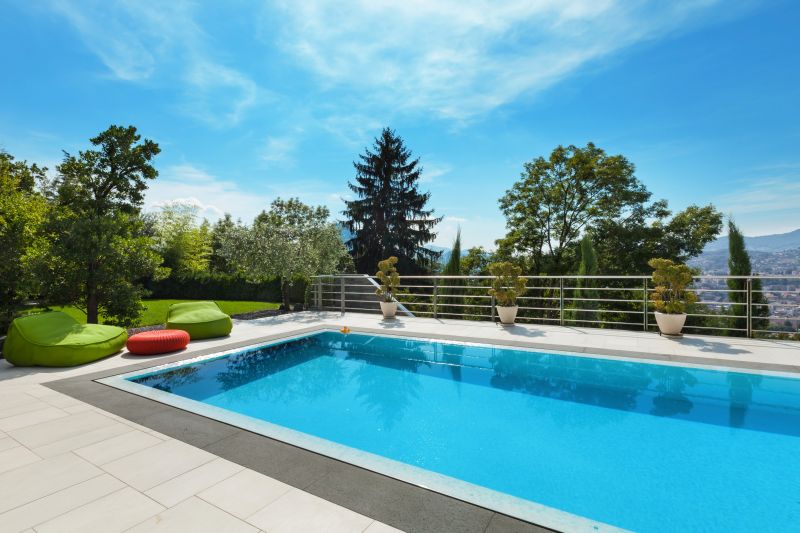
Saltwater chlorinator and control panel.
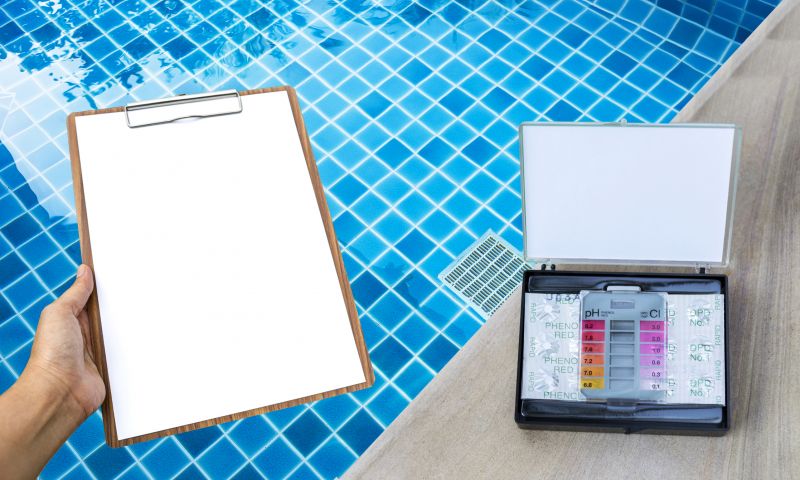
Testing saltwater system functionality after installation.

High-end options that actually feel worth it for Saltwater Pool Conversions.

Finishes and colors that play nicely with Saltwater Pool Conversions.

Little measurements that prevent headaches on Saltwater Pool Conversions day.

A 60-second routine that keeps Saltwater Pool Conversions looking new.
Interested in converting a pool to saltwater? Filling out the contact form can provide additional information and schedule an assessment to determine the best timing for specific needs. Proper planning and execution can lead to a more enjoyable and maintenance-efficient swimming experience.
